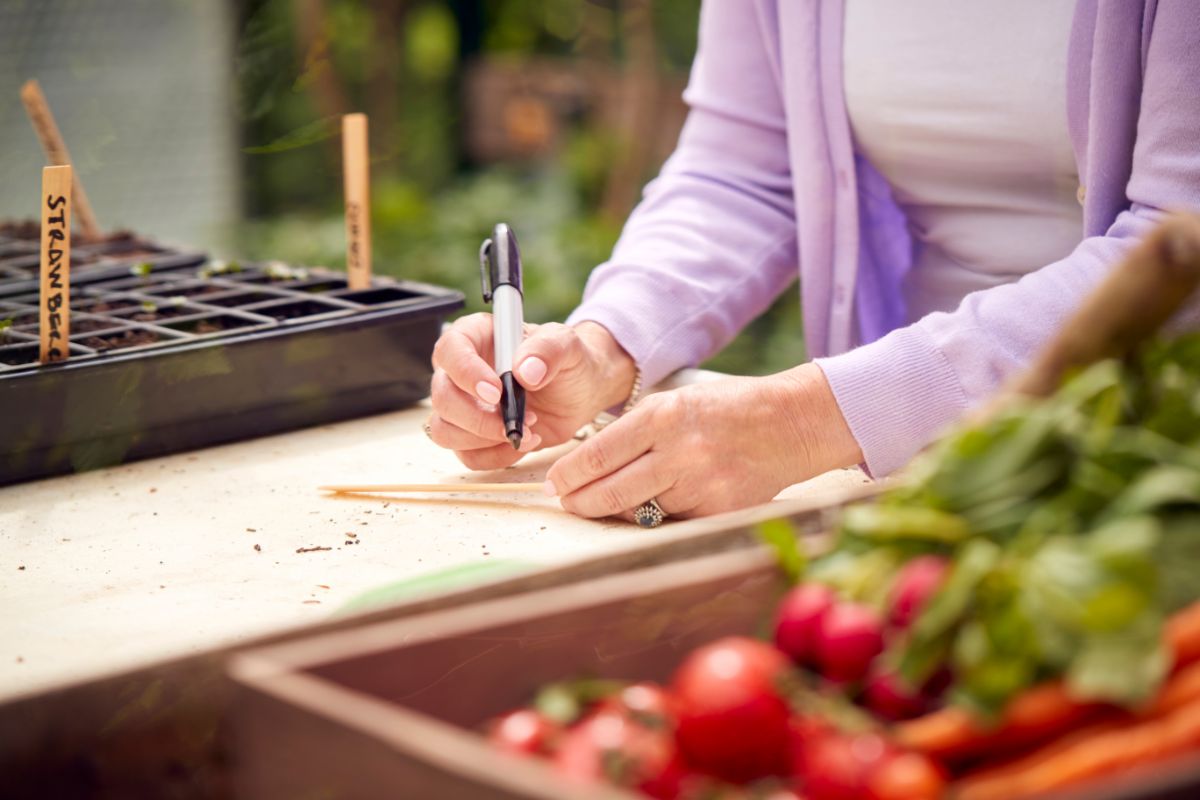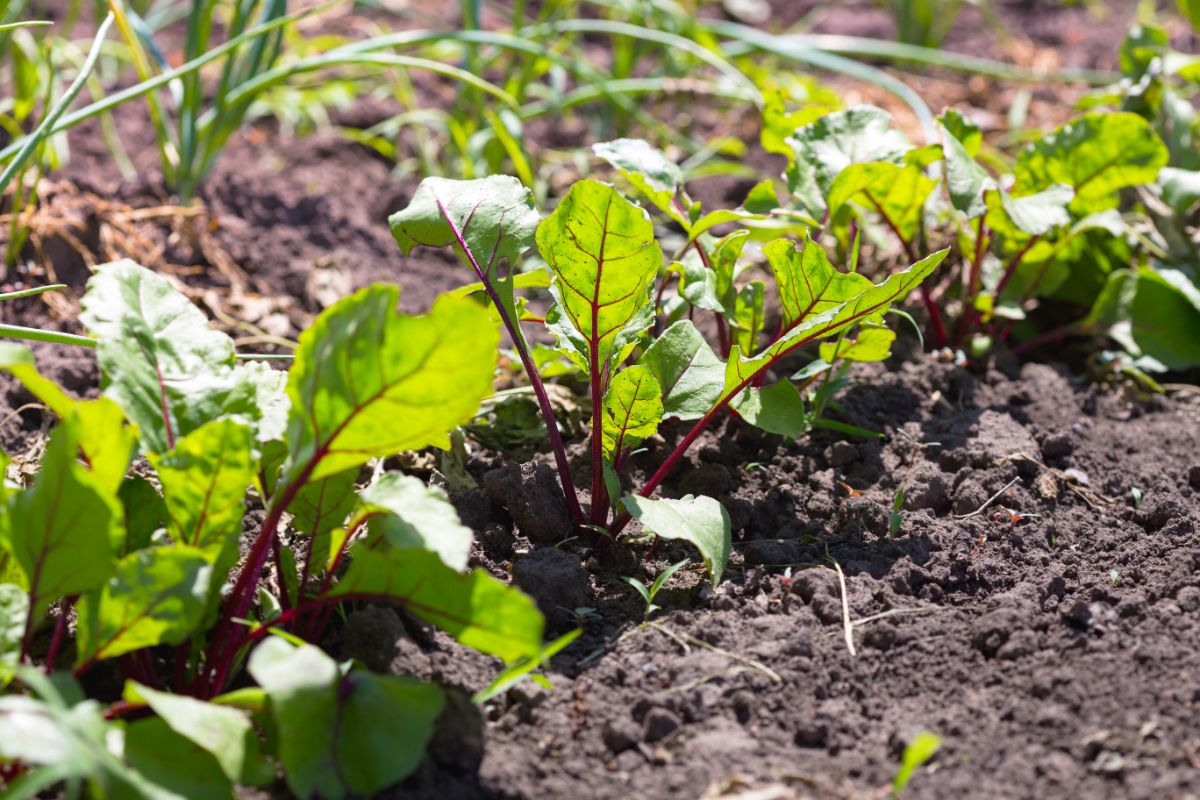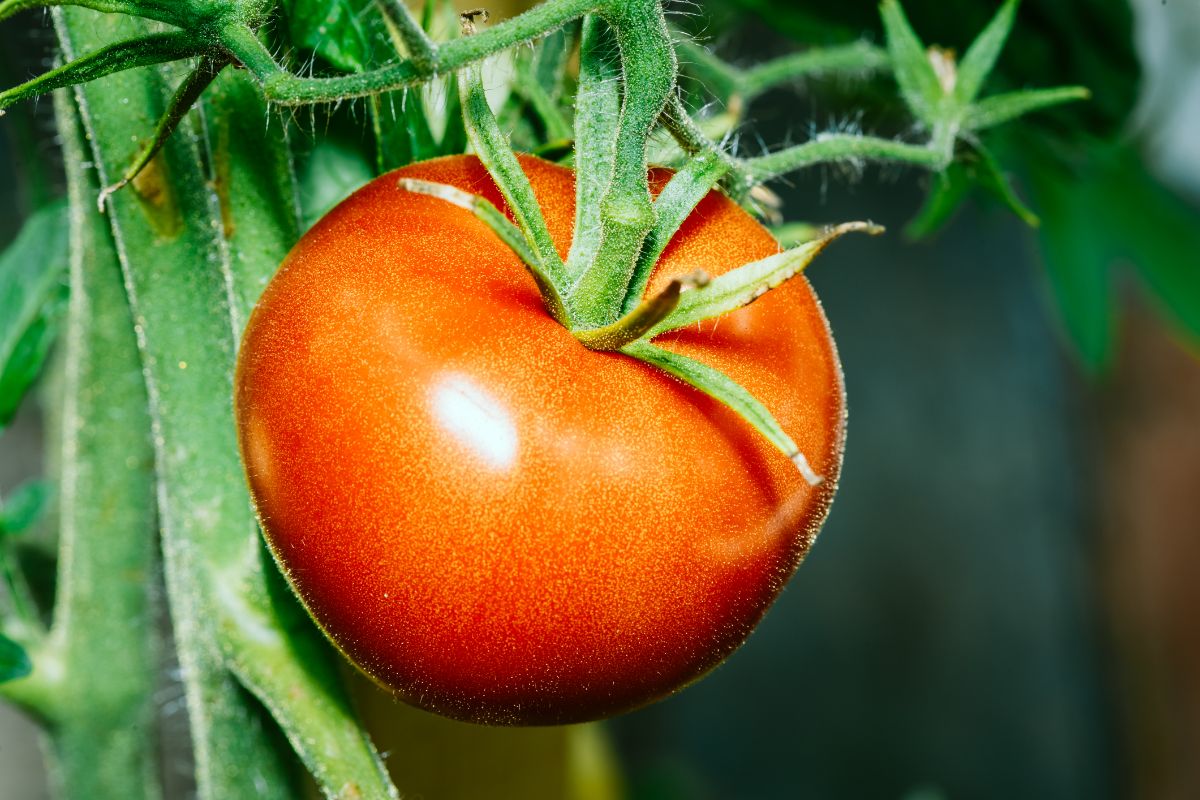With increasing awareness about sustainable living, many people are turning to home gardening to source their own produce.
Not only does this reduce the environmental impact of transporting food, but it also ensures you know exactly what goes into your food.

If you’re contemplating the idea of cultivating your own patch, here’s a comprehensive guide to getting started with growing your own fruit and veg.
Before we get stuck in, I just wanted to welcome readers from The Seed Society. I’m super excited to have acquired this site and I hope you find loads of useful info here at Venus Gardening.
Now, back to growing your own fruit and veg!
Getting Started: It’s All In The Planning
Before your dive head first into planting your own vegetables and fruits, there are a few things to consider:
1. Vision and Goal Setting
Before learning more about the technicalities, understand your motivation.
Is it for organic produce, a therapeutic hobby, or perhaps both? Define your gardening goals clearly. This will help you succeed.
2. Space Selection
Examine your potential gardening space.
Whether it’s a backyard, balcony, or windowsill, knowing your space will determine what and how much you can grow.
3. Basic Equipment
Invest in essential tools like a spade, hoe, rake, and watering can.
You don’t need to buy everything at once; start with the basics and expand as needed.
4. Soil Assessment
Even if you’re using pots, the right soil is crucial. Check its type, pH level, and drainage capabilities.
You might need to enrich it with compost or other organic matter.
5. Starting with Easy Crops
My top tip is don’t set yourself up to fail – you’ll completely ruin the experience and put yourself off future gardening efforts.
For beginners, plants like lettuce, radishes, or tomatoes are great. They grow quickly, are resilient, and provide a gratifying early harvest.
6. Seed Sowing and Planting
Follow instructions on seed packets or plant labels.
They usually provide information on depth, spacing, and ideal planting time.
And for more information, head to the internet. There are a plethora of gardening websites (like mine *ahem*) packed with useful information.
7. Routine Care
Establish a routine to check on your plants.
This includes watering, occasional pruning, and monitoring for pests.
8. Seek Knowledge
Read gardening books, watch online tutorials, or even join a local gardening club.
Continuous learning is essential for a budding gardener.
9. Patience is Key
Gardening is a game of waiting. While some plants will reward you quickly, others take time.
Embrace the process.
10. Celebrate Small Wins
From the first sprout to the first fruit, celebrate these milestones.
They mark your journey’s progression and motivate you to continue.

Learning The Basics
Now that I’ve given you some (homegrown) food for thought, let’s delve into the basics a little more:
1. Deciphering Your Gardening Space
Micro-climates and Plant Positioning:
Even within a small garden, various spots receive different amounts of light, wind, and moisture.
Understand these micro-climates and use them to position plants appropriately.
Vertical Gardening:
Limited space doesn’t mean limited crops.
Vertical gardening techniques, using trellises or stacked pots, can maximize yields.
2. The Magic Beneath – Soil
The Importance of Drainage:
Good drainage is vital to prevent root rot. If your soil is heavy clay, consider adding sand or organic matter.
Cover Crops:
Planting cover crops like clover can naturally enrich the soil by fixing nitrogen. They also prevent soil erosion in the off-season.
3. Selecting Plants for Your Garden
Climate Compatibility:
While some plants are adaptable, others have specific climate needs.
Ensure that your selections are suitable for your region’s temperature and rainfall patterns.
Bear in mind that you may need to start some seeds indoors or in a greenhouse in a propagator.
Pollination Considerations:
Some fruits, like apples, and some veg, like cucumbers, may need cross-pollination.
If you’re planting such fruits, ensure you have different varieties or provide attractants for pollinators.
4. Nurturing Seedlings and Transplanting:
Hardening Off:
Before transplanting seedlings outdoors, they need to be acclimatised to external conditions, a process known as ‘hardening off.’
Transplanting Techniques:
Always handle seedlings by their leaves, not stems. Ensure the transplantation hole is spacious enough and water immediately after planting.
5. Regular Maintenance and Care:
Mulching:
Mulch acts as a protective layer, preserving moisture, regulating soil temperature, and suppressing weeds.
Staking and Pruning:
Some plants, especially fruit-bearing ones, may need support or regular pruning to encourage better yields.
6. Natural Pest Control
Companion Planting:
Beyond marigolds, basil can deter mosquitoes and flies, while chives can ward off aphids.
Biological Controls:
Introducing predators, like ladybirds for aphids or nematodes for slugs, can naturally keep pest populations in check.
7. Harvesting and Storage
Post-Harvest Handling:
Some fruits and vegetables need curing, like onions or garlic, which involves drying them in a well-ventilated space before storage.
Preservation Techniques:
For longer storage, techniques like canning, freezing, pickling, or fermenting can be employed.
8. Seasonal Activities and Planning
Crop Rotation:
Avoid planting the same family of crops consecutively in the same space.
Rotating reduces soil-borne diseases and nutrient depletion.
Winter Activities:
While growth slows, winter is ideal for planning the next season, ordering seeds, and servicing garden tools.
9. The Digital Gardening Age
Gardening Apps:
From plant identification to watering reminders, several mobile apps cater to gardeners, aiding in plant care.
Online Communities:
Engaging in online forums, webinars, and workshops can provide a wealth of shared experiences and solutions to common gardening issues.
10. Reflection and Growth
Learning from Mistakes:
Every failed crop or pest infestation is a lesson. Adapt, learn, and refine your techniques.
Expanding Your Garden:
As confidence grows, consider adding new plant varieties or even dabbling in hydroponics or aquaponics.

Ideal Fruits and Vegetables for Beginners
This is something I talked about a little bit above, but I wanted to give some more insight.
When you’re just starting out, the choice of what to plant can be overwhelming.
Here are some fruits and vegetables that are known for their relative ease of cultivation, making them perfect for beginners:
1. Radishes
Why they’re great: Quick to grow; they can be harvested in just 3-4 weeks after planting.
Tips: Sow directly into the soil and thin out seedlings if they appear overcrowded.
2. Lettuce
Why it’s great: It can be grown in pots or directly in the ground, and there are many varieties to choose from.
Tips: Opt for ‘cut-and-come-again’ varieties for a continuous supply.
3. Potatoes
Why they’re great: Growing them can be a fun experiment, especially for kids, and they’re hardy.
Tips: They can be started from “seed potatoes” and even grown in large bags or containers if you lack space.
4. Beans
Why they’re great: Both bush and pole beans (also known as runner beans) grow quickly, are prolific, and require minimal care.
Tips: They prefer well-draining soil and need support as they grow, especially pole beans.
5. Tomatoes
Why they’re great: They can be grown in pots or in the ground and offer a variety of types, from cherry tomatoes to beefsteak.
Tips: Use stakes or cages to support the plants as they grow, and ensure they get plenty of sunlight.
6. Courgettes (Zucchini)
Why they’re great: These are fast growers and can produce a large yield.
Tips: Ensure they have plenty of space, as plants can become quite large.
7. Strawberries
Why they’re great: Once established, strawberry plants will produce fruit year after year. They’re also suitable for container gardening.
Tips: Plant in well-draining soil, and consider using straw or mulch to prevent the fruit from touching the ground.
8. Peas
Why they’re great: They’re easy to care for and can be sown directly into the soil.
Tips: Like beans, they’ll need some form of support, like trellising, as they grow.
9. Spring Onions (Scallions)
Why they’re great: They grow rapidly and take up little space, perfect for pot or ground cultivation.
Tips: Plant in bunches and harvest when they reach a suitable size.
10. Beetroot
Why it’s great: This root vegetable is dual-purpose; both the root and leaves can be eaten.
Tips: Beetroot prefers well-draining soil. Ensure you thin out seedlings to avoid overcrowding.
Starting with these beginner-friendly options can lead to early successes, boosting confidence and providing the motivation to try more challenging crops in subsequent seasons.
Remember, every garden and gardener is unique. Over time, you’ll discover which plants thrive best in your specific conditions and care.
Final Thoughts
Gardening is a continuous journey of discovery, patience, and joy.
Beyond the tangible harvests lie the intangible rewards: peace, satisfaction, and a deepened respect for nature.
Embrace the soil, cherish the growth, and revel in the beauty of gardening.
